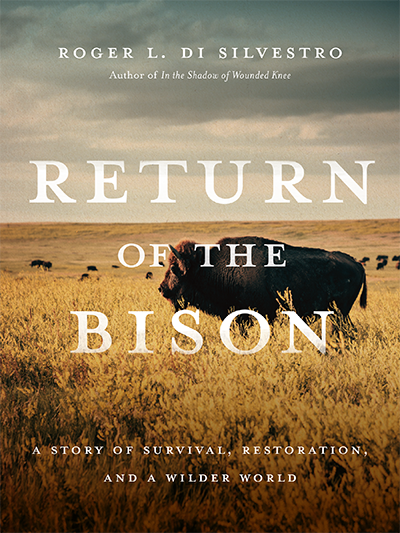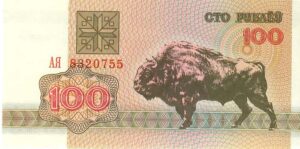My new book, available for pre-order online, will reach brick-and-mortar outlets in September

Bison have been creatures of great fascination to me since I was five or six years old. Their saga of destruction and revival is one of tragedy and hope. I feel honored to have added a volume to the history of the bison. My book begins in the earliest days of recovery and covers the various current means for managing and conserving bison. It includes a chapter on European bison, aka wisent, a close relative of American bison that also was nearly wiped out by habitat loss and uncontrolled hunting. The back cover of the book does a good job of synopsizing the text, so I will let it have the last word:

“An excellent biography of America’s most iconic mammal, this narrative offers a sophisticated blend of zoology, Great Plains studies, Native American lore, conservation policy, and restoration strategies. Highly recommended!”
—Douglas Brinkley, author of Silent Spring Revolution
It took less than a century. A bison population that once numbered in the millions and stretched across North America was reduced, in a relative blink, to just a few dozen animals primarily in Yellowstone National Park. With the bison’s existence teetering on the edge of extinction by the late nineteenth century, a handful of alarmed politicians and citizens responded and, slowly but steadily, began to secure a new future for this icon of the American West.
In many ways it is one of the greatest conservation comeback stories in American history. Yet, as award-winning author Roger L. Di Silvestro vividly explores with a blend of natural history, modern science, and historical context, this conservation “success” is qualified. Today, most bison live in commercial, not wild, herds. But in hopes of better ensuring the species’ long-term survival, biologists, land managers, and the American Indian community are leading efforts to create wildlife corridors, restore prairies, and renew cultural connections to bison.
The question now is, are bison doomed to be fenced and contained like so many cattle? Or are we willing to coexist with them as wild animals who need freedom to roam? The answers may decide the fate of not only bison but other wild megafauna around the world.
“Why is a biologically robust species with a half million individuals considered ecologically extinct? Di Silvestro explains this complex and often puzzling story, as well as the heroic efforts of ranchers, politicians, conservationists, and Indigenous Americans to restore bison to their native habitat.” Rick Wallen, former leader of the Yellowstone Bison Ecology and Management Team.